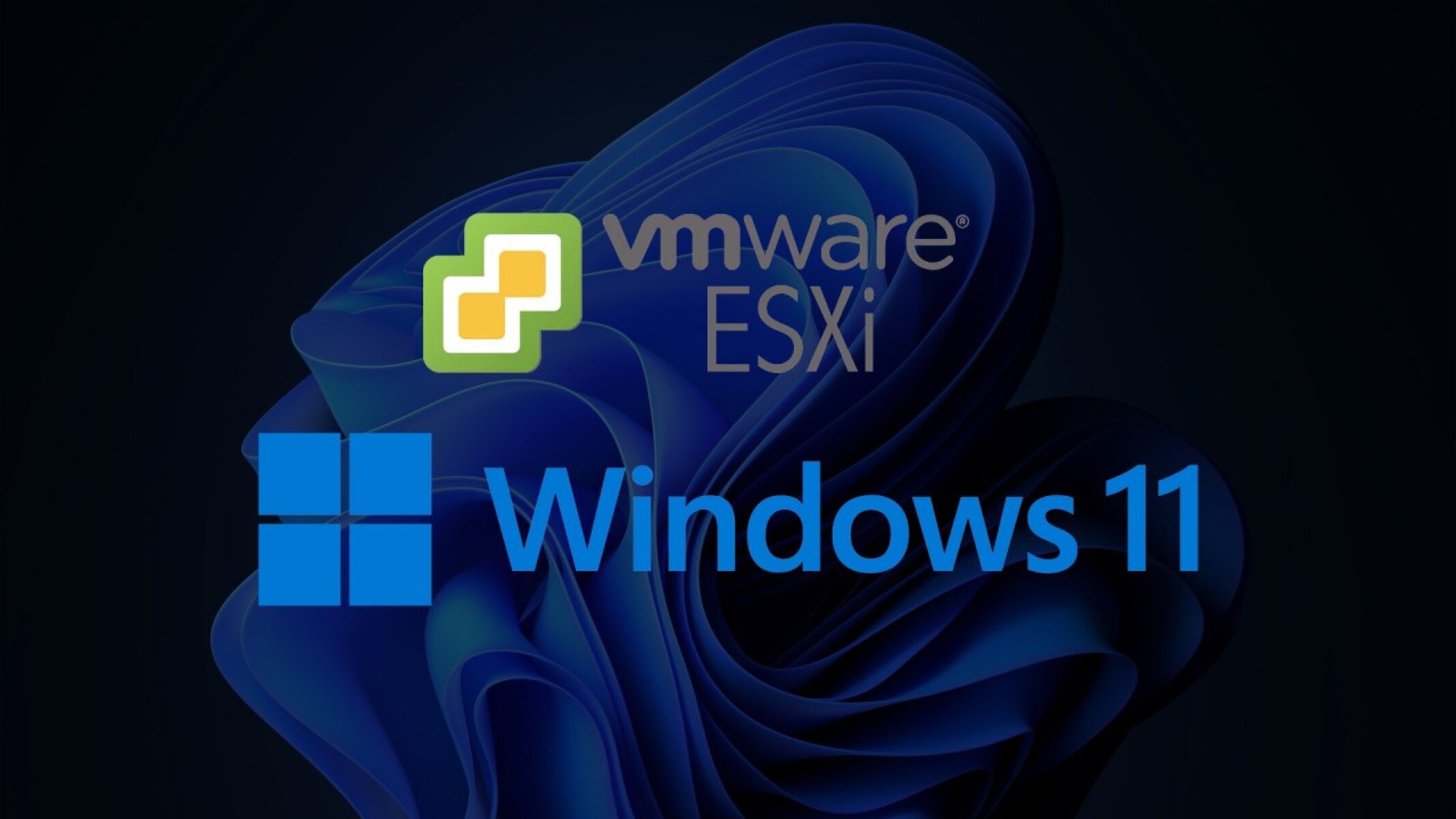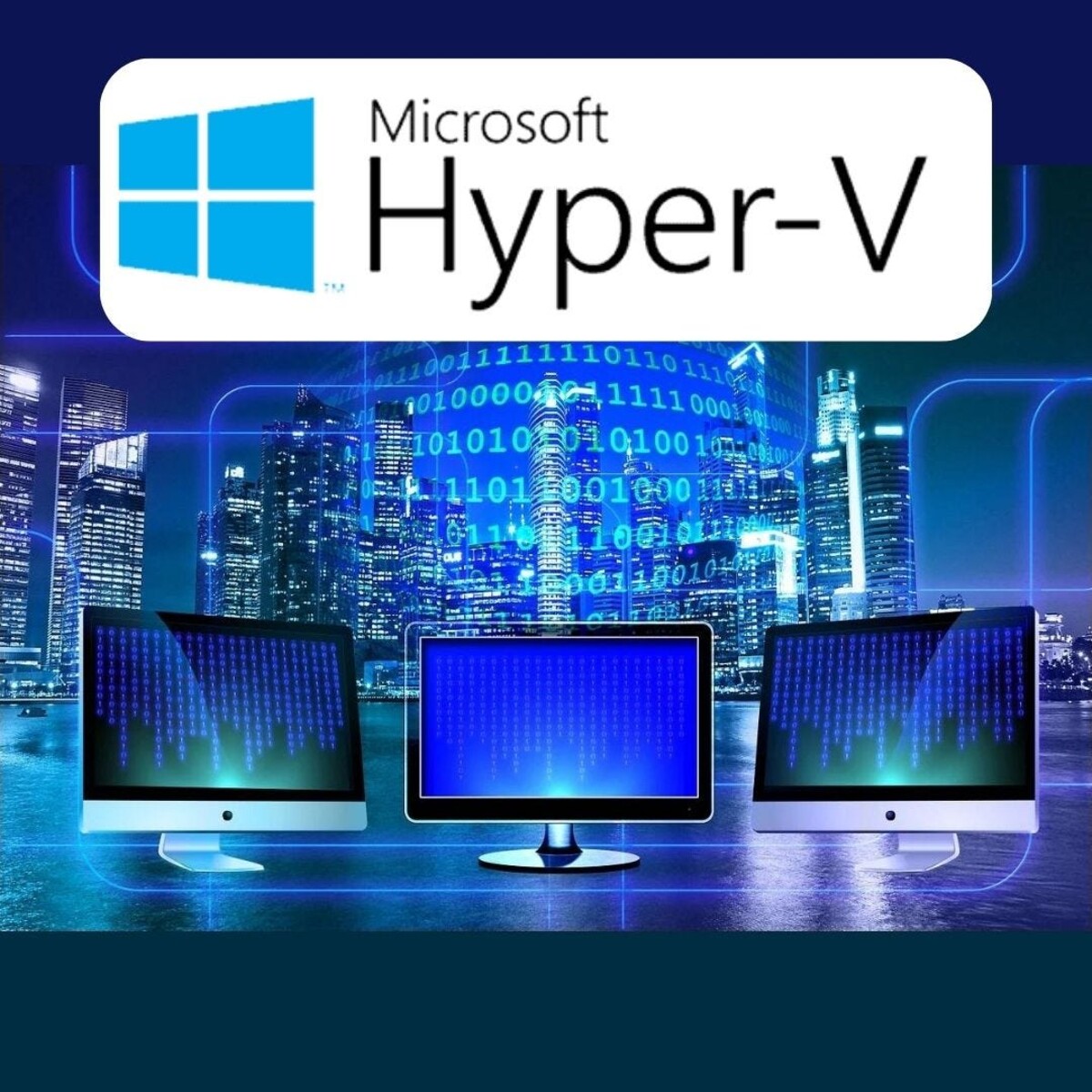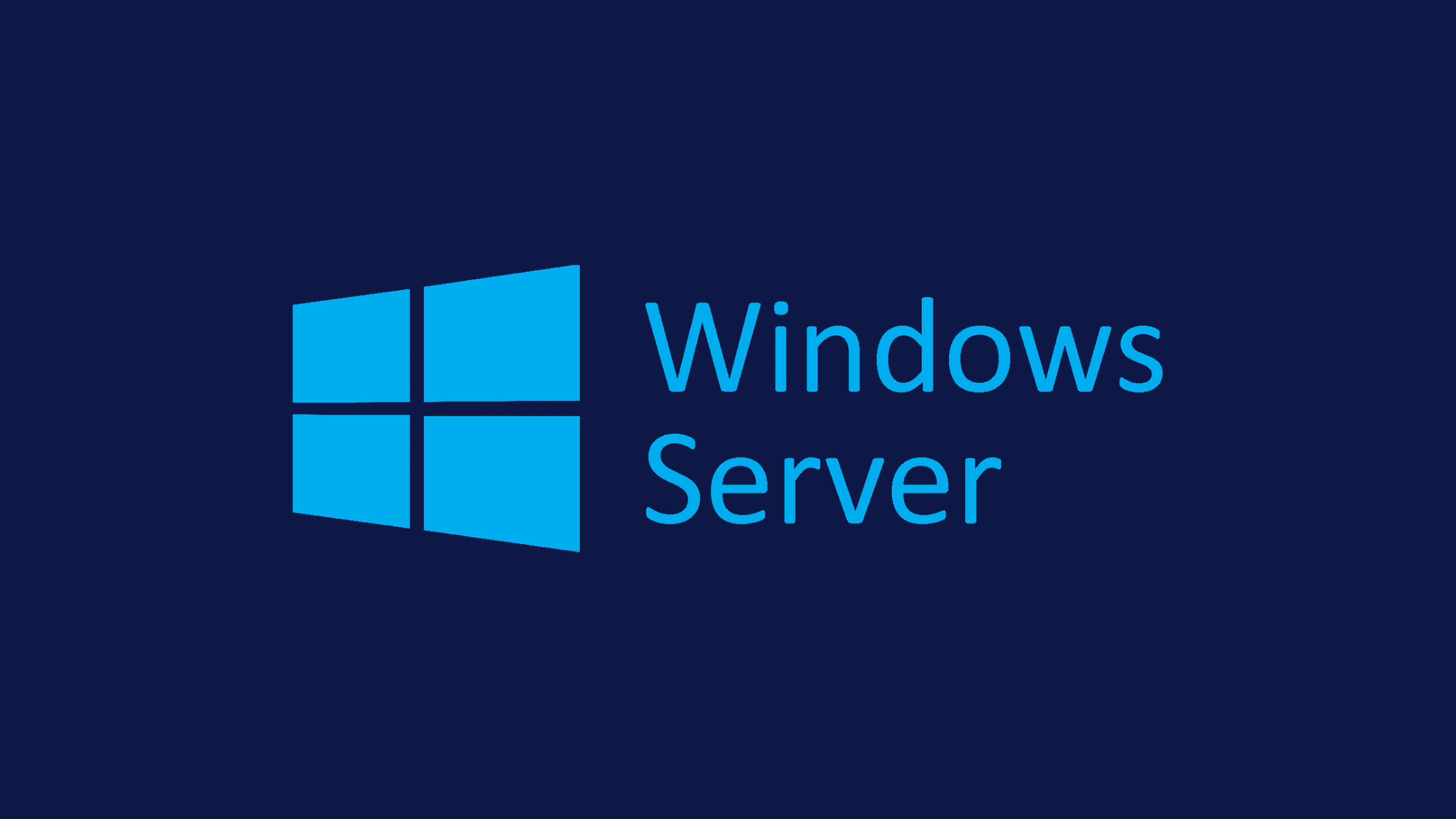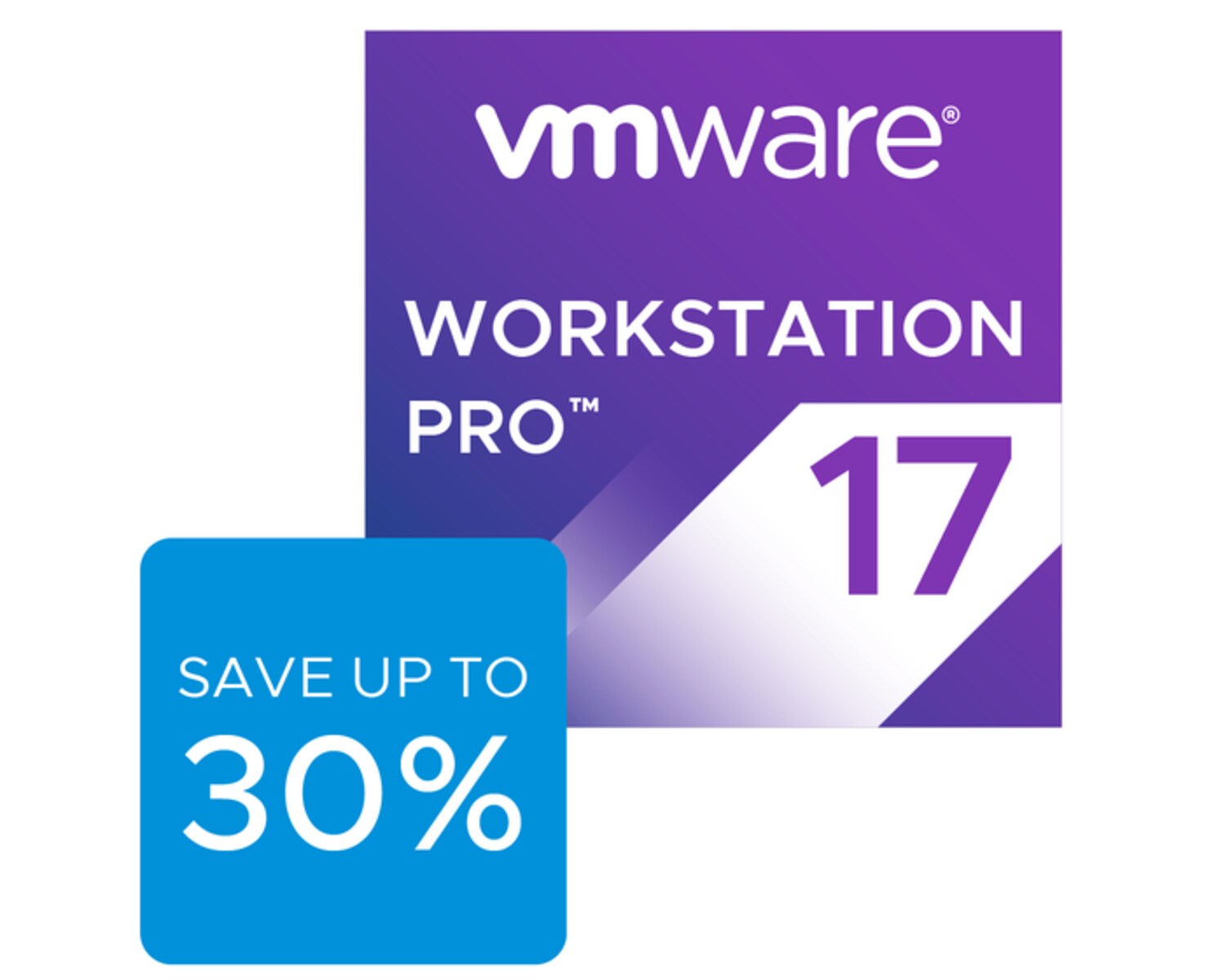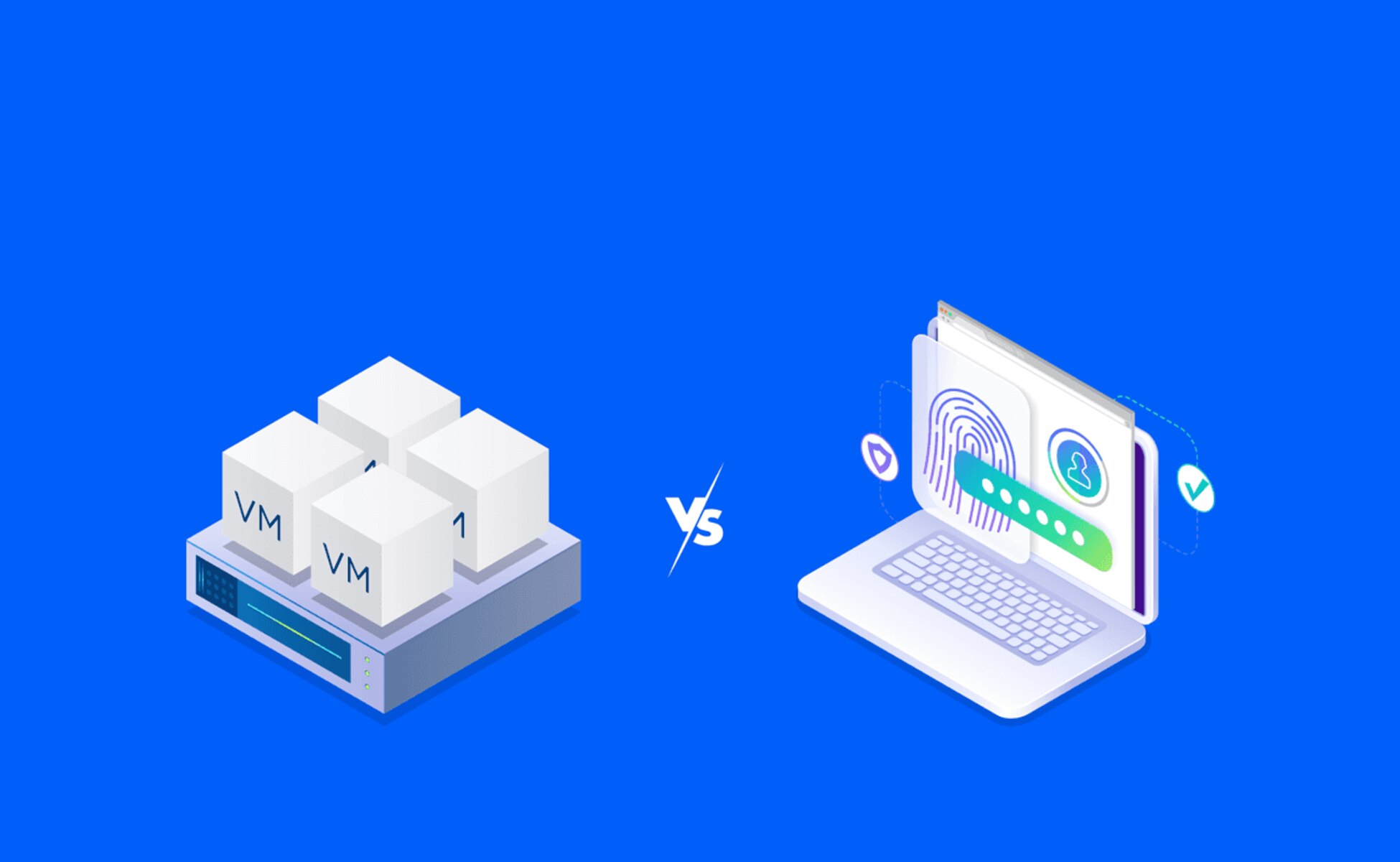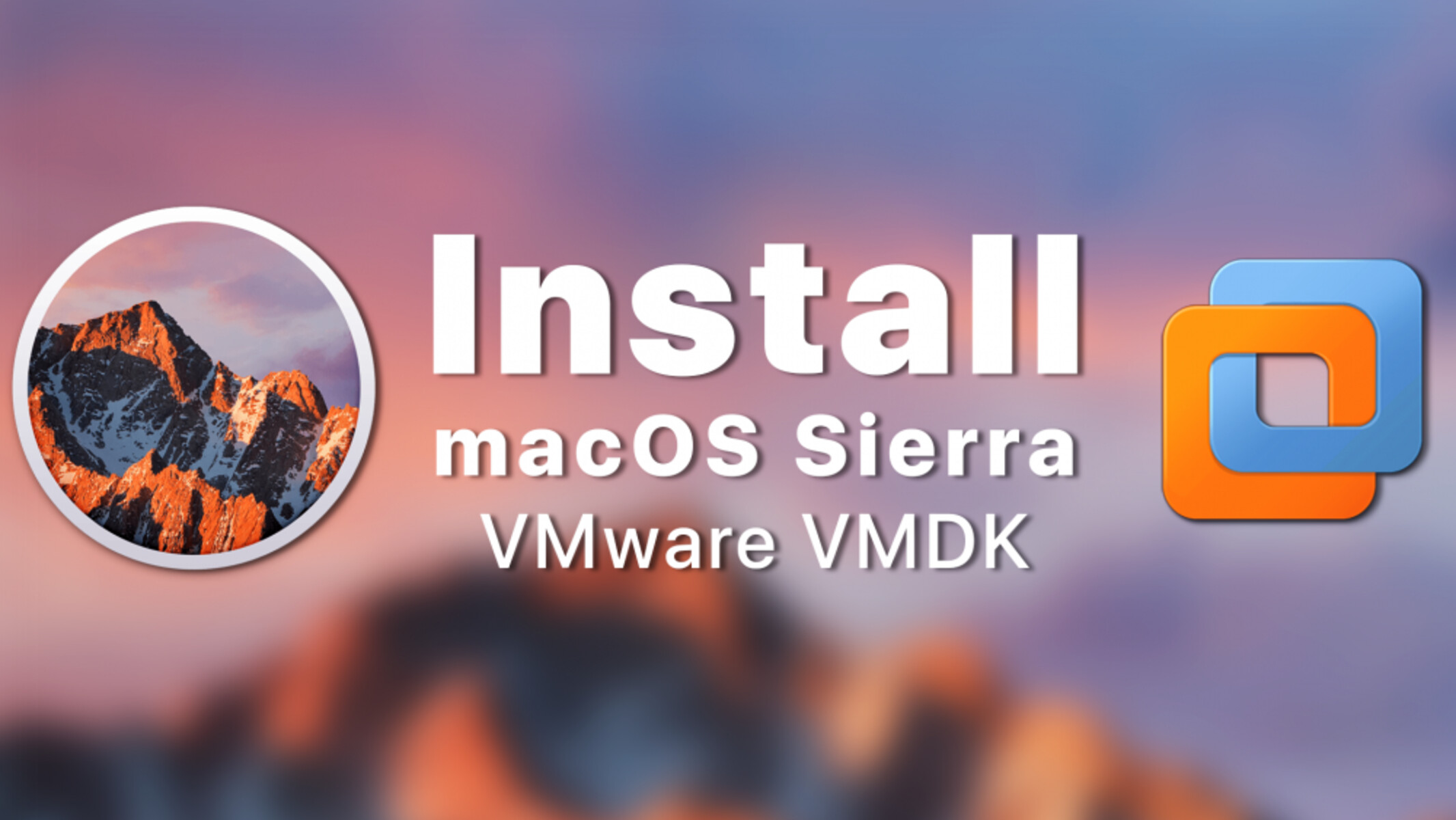Introduction
Virtual machines have become an essential tool for many professionals and businesses, offering a flexible and efficient way to run multiple operating systems on a single physical computer. With virtualization software such as VMware, you can create and manage virtual machines with ease. Whether you’re a developer, IT professional, or simply someone looking to experiment with different operating systems, creating virtual machines in VMware is a straightforward process that can greatly enhance your workflow.
This article will guide you through the steps involved in creating a virtual machine in VMware. From downloading and installing the software to configuring the virtual machine and installing an operating system, we’ll cover everything you need to know to get started. By the end of this tutorial, you’ll have a fully functional virtual machine running on your computer, ready for whatever task or experimentation you have in mind.
Creating a virtual machine allows you to isolate and test different software configurations, run multiple operating systems simultaneously, or even set up a virtual environment for testing applications or websites. VMware provides a user-friendly interface that simplifies the process of creating and managing virtual machines, making it accessible to both beginners and experienced users alike.
Throughout this guide, we’ll walk you through each step of the process, providing clear instructions and highlighting key options and settings to ensure a successful virtual machine creation. Whether you’re a Windows, macOS, or Linux user, the steps will remain largely the same. So let’s dive in and start creating your virtual machine in VMware!
Step 1: Download and Install VMware
Before you can start creating virtual machines, you need to download and install VMware on your computer. VMware offers both free and paid versions of their virtualization software, with the free version known as VMware Workstation Player.
To begin, head over to the VMware website (www.vmware.com) and navigate to the “Downloads” section. Choose the appropriate version of VMware for your operating system. VMware is compatible with Windows, macOS, and select Linux distributions, ensuring that you can use it on your preferred platform.
Once you’ve downloaded the installation file, locate it on your computer and double-click to start the installation process. Follow the on-screen prompts and instructions to install VMware. Depending on your operating system, you may need to provide administrative privileges or accept the software’s terms and conditions.
After the installation is complete, launch VMware from your desktop or Start menu. You may be required to create or log in to a VMware account. If you’re using VMware Workstation Player, you can simply sign in with your existing VMware account or create a new one if needed.
By downloading and installing VMware, you’ve taken the first step towards creating virtual machines. In the following steps, we’ll guide you through the process of setting up and configuring your virtual machine, allowing you to harness the power and flexibility of virtualization in your work or experimentation.
Step 2: Create a New Virtual Machine
After successfully installing VMware, it’s time to create a new virtual machine. Launch VMware on your computer, and you’ll be greeted with the home screen. From here, select the option to create a new virtual machine to begin the setup process.
You’ll be presented with different options for creating your virtual machine. VMware offers pre-configured templates for various operating systems, making it easier to set up a virtual machine for common platforms like Windows, Linux, or macOS. Select the template that corresponds to the operating system you plan to install, or choose the option to install an operating system later.
Next, you’ll be prompted to provide the path to the installation ISO file or physical installer for the operating system. This ISO file can be downloaded directly from the official website of the chosen operating system or obtained from a licensed source. Select the appropriate file and proceed to the next step.
In this step, you’ll need to assign a name to your virtual machine and choose a location on your computer where the virtual machine files will be stored. It’s advisable to choose a descriptive name that clearly identifies the purpose or operating system of the virtual machine.
Once you’ve completed the previous steps, VMware will allocate the necessary resources for your virtual machine based on the selected operating system. However, you also have the option to customize the hardware configurations, including memory, CPU, disk size, and network settings. Adjust these settings according to your specific requirements, keeping in mind the recommended system requirements for the chosen operating system.
Now, you’re ready to proceed to the final step of the virtual machine creation process. Review the summary of the selected options and configurations to ensure everything is set according to your preferences. If everything looks good, click “Finish” to create the virtual machine. VMware will start creating the virtual machine, and you’ll be able to see the progress of the process.
Creating a new virtual machine in VMware is a crucial step in harnessing the power of virtualization. It sets the foundation for running different operating systems and allows for seamless testing, development, and experimentation. With your virtual machine now created, it’s time to move on to the next steps and further configure and customize your virtual environment.
Step 3: Choose the Guest Operating System
In the virtual machine creation process, choosing the guest operating system is a critical step. The guest operating system is the operating system that will be installed and run within the virtual machine. Depending on your needs and preferences, you can select from a wide range of operating systems, including Windows, Linux, macOS, or even niche operating systems and older versions.
When creating a new virtual machine in VMware, you’ll be presented with various options for choosing the guest operating system. VMware provides pre-configured templates for popular operating systems, making it easier to set up the virtual machine with the necessary settings and optimizations for that specific system.
To choose the guest operating system, select the template that corresponds to the operating system you plan to install from the available options. If you don’t find a template for your desired operating system, you can select the option to install an operating system later and proceed with the virtual machine creation process.
If you select a specific operating system template, VMware will automatically configure certain settings and optimizations based on the selected template. This includes allocating the appropriate amount of memory, processor cores, and disk space, as well as applying specific drivers and settings for optimal performance within the virtual machine.
However, if you choose to install the operating system later, VMware will provide you with more flexibility. You can manually select the operating system during the installation process and configure the necessary settings based on your requirements. This option allows you to install custom or less common operating systems that are not included in VMware’s pre-configured templates.
Choosing the guest operating system is a crucial step in creating your virtual machine. It determines the compatibility, performance, and functionality of the virtual machine for your specific needs. Ensure that you select the most appropriate operating system for your intended use, whether it’s for testing software, running specific applications, or experimenting with different operating system configurations.
Once you’ve chosen the guest operating system, you can proceed to the next steps in the virtual machine creation process, which involve allocating system resources, configuring the network settings, and finally installing and customizing the guest operating system.
Step 4: Allocate Resources to the Virtual Machine
After selecting the guest operating system for your virtual machine, the next step is to allocate the necessary resources to ensure optimal performance. VMware allows you to customize various aspects of the virtual machine’s hardware, including memory, CPU, and disk allocation.
Start by determining the amount of memory (RAM) that you want to allocate to the virtual machine. This will depend on the requirements of the guest operating system and the applications you plan to run within the virtual machine. VMware provides recommended memory settings based on the selected operating system, but you can adjust this value to meet your specific needs.
Next, you’ll need to allocate CPU cores or virtual processors to the virtual machine. The number of CPU cores will determine the processing power available to the virtual machine. Again, VMware provides recommendations based on the selected operating system, but you can adjust this value as needed.
In addition to memory and CPU allocation, you’ll need to assign disk space for the virtual machine. This includes specifying the size of the virtual hard disk that will be used to store the operating system, applications, and data within the virtual machine. Consider the storage requirements of the guest operating system and any additional software you plan to install. It’s advisable to allocate sufficient disk space to accommodate future needs or file growth.
Apart from the primary virtual hard disk, VMware also allows you to add additional virtual disks or create a virtual disk in a specific format. This can be helpful if you need to separate data or have specific storage requirements.
In addition to memory, CPU, and disk allocation, you have the option to customize other hardware settings, such as the display resolution, graphics memory, sound card, network adapters, and more. Adjust these settings based on your preferences and the requirements of the guest operating system and applications you’ll be using within the virtual machine.
Once you’ve allocated the necessary resources to the virtual machine, review the summary of the selected settings and configurations. Ensure that everything reflects your desired setup and adjust any options if needed. Once you’re satisfied, continue to the next step in the virtual machine creation process, where you’ll configure the network settings for the virtual machine.
Step 5: Configure the Virtual Machine’s Network
Configuring the network settings for your virtual machine is an important step in the creation process. The network settings allow the virtual machine to connect with other devices, access the internet, and communicate with the host computer and other virtual machines.
When configuring the network settings, VMware provides several options, including bridged networking, NAT (Network Address Translation), host-only networking, and custom networking. The selection you make depends on your specific requirements and the network environment in which the virtual machine will operate.
Bridged networking allows the virtual machine to share the network connection of the host computer. This configuration enables the virtual machine to have its own IP address and be directly accessible on the network. It allows for seamless communication with other devices on the same network, including other virtual machines.
NAT networking is useful when you want the virtual machine to share the internet connection of the host computer. With NAT, the virtual machine will have its own IP address, but it will be hidden from other devices on the network. This configuration provides a level of security and allows the virtual machine to access the internet.
Host-only networking creates a virtual network that only the host computer and the virtual machines can access. This configuration is useful for creating isolated environments for testing or development purposes. It allows for communication between the host and virtual machines without being exposed to external networks.
Custom networking provides advanced options for configuring the network settings of the virtual machine. This option allows you to create custom network configurations, such as VLAN (Virtual Local Area Network) tagging or network device emulation. It is suitable for users with specific networking needs and expertise.
Select the network configuration that best suits your requirements and proceed with the virtual machine creation process. After configuring the network settings, review the summary of the selected options and ensure they align with your desired setup. Make any necessary adjustments and proceed to the next step, where you’ll install the guest operating system in the virtual machine.
By configuring the network settings of your virtual machine, you enable seamless communication and connectivity within your virtual environment. This ensures that your virtual machine can access the resources it needs and interact with other devices effectively. With the network settings in place, you’re one step closer to having a fully functional virtual machine in VMware.
Step 6: Install the Guest Operating System
With the virtual machine created and network settings configured, it’s time to install the guest operating system. The guest operating system is the operating system that will run within the virtual machine environment. This step allows you to set up your virtual machine to meet your specific needs.
To install the guest operating system, start the virtual machine and follow the on-screen prompts. The virtual machine will detect the ISO file or physical installer that you specified during the virtual machine creation process. If you haven’t provided an ISO or installer, you will need to do so now by selecting the appropriate option.
Once the virtual machine has detected the installation media, it will boot into the installation process, just as if you were installing the operating system on a physical computer. Follow the instructions provided by the guest operating system’s installer to complete the installation.
During the installation process, you may be prompted to choose options such as the language, keyboard layout, and disk partitioning. Make the necessary selections based on your preferences and the requirements of the guest operating system. It’s important to note that the installation process may vary depending on the operating system you’re installing.
After the installation is complete, allow the virtual machine to restart. Once it has booted up, you’ll be prompted to set up the guest operating system just as you would with a physical computer. This may involve creating user accounts, configuring network settings, and installing any necessary drivers or updates.
It’s important to note that VMware provides tools known as “VMware Tools” that enhance the performance and functionality of the guest operating system when installed. These tools include device drivers, file sharing capabilities, and improved display resolution. It is highly recommended to install VMware Tools to fully optimize your virtual machine’s performance and integration with the host system.
By installing the guest operating system, you’ve reached a significant milestone in the creation of your virtual machine. You now have a fully functional virtual machine running within the VMware environment, ready to be customized and utilized for your specific tasks or experiments.
In the next step, we’ll explore how to customize the virtual machine settings to further optimize and tailor your virtual environment.
Step 7: Customize Virtual Machine Settings
After successfully installing the guest operating system, it’s time to customize the settings of your virtual machine in VMware. Customizing the virtual machine settings allows you to optimize its performance, adjust resource allocation, and configure various options according to your specific needs.
To customize the virtual machine settings in VMware, start by shutting down the virtual machine if it’s currently running. Then, select the virtual machine from the VMware home screen and click on the “Edit virtual machine settings” option. This will open the settings window for the virtual machine.
In the settings window, you’ll find various tabs representing different aspects of the virtual machine configuration. For example, the “Hardware” tab allows you to modify settings such as memory, CPU, and disk allocation. You can adjust these settings based on the requirements of your applications or workload.
Moreover, you can explore other tabs like “Display” to change the screen resolution and graphics settings, “Network Adapter” to manage network connections, and “Options” to customize additional settings such as power management, sharing folders, and input devices.
The “Options” tab provides additional flexibility to configure advanced settings for your virtual machine. For instance, you can set up shared folders between the host and guest operating system, enable drag-and-drop functionality, specify the startup and shutdown behavior, and manage virtual machine snapshots for easy restoration points.
Snapshots are particularly useful as they allow you to capture the state of your virtual machine at a specific point in time. This can be helpful when experimenting with different configurations or software installations, as you can easily revert back to a previous snapshot if something goes wrong.
While customizing the virtual machine settings, it’s important to strike a balance between allocating sufficient resources and not overloading your host system. Be mindful of the hardware limitations of your computer and the needs of other running applications or virtual machines.
Once you’ve made the necessary changes and adjustments, save the settings and start the virtual machine to apply the modifications. You can continue to fine-tune and update the settings as per your requirements even after the virtual machine is running.
Customizing the virtual machine settings allows you to tailor the virtual environment to your needs. By optimizing the configurations, you can enhance performance, improve resource utilization, and create a virtual environment that aligns with your specific goals and workflows.
In the next step, we’ll explore how to install VMware Tools, which further enhances the performance and functionality of your virtual machine.
Step 8: Install VMware Tools
Installing VMware Tools is an essential step in maximizing the performance and functionality of your virtual machine. VMware Tools provides a collection of drivers and utilities that enhance the integration between the guest operating system and the VMware environment.
To install VMware Tools, start your virtual machine and make sure it is powered on. From the virtual machine’s menu bar, click on “VM” and then select “Install VMware Tools”. This action will mount a virtual CD/DVD containing the VMware Tools installation files within the virtual machine.
Depending on the guest operating system you’re using, the installation process may vary. In most cases, the VMware Tools installation will automatically start. If not, you can manually initiate the installation by accessing the mounted virtual CD/DVD and running the appropriate installer file.
Follow the prompts of the VMware Tools installation wizard to install the necessary drivers and utilities. The installation process typically includes accepting the software license agreement, selecting the installation options, and specifying the installation location.
Once the installation is complete, restart the virtual machine to finalize the integration of VMware Tools with the guest operating system. After the restart, you’ll experience improved performance, better mouse and screen integration, and enhanced file sharing capabilities between the host and guest systems.
VMware Tools provides several benefits, including improved graphics performance, time synchronization between the host and guest systems, optimized network and storage drivers, and support for drag-and-drop functionality.
It’s worth noting that when you update VMware or upgrade the guest operating system, it is important to reinstall or update VMware Tools to ensure compatibility and optimal performance.
Installing VMware Tools is a critical step in maximizing the efficiency and usability of your virtual machine. By doing so, you unlock a range of features and improvements that enhance the overall virtualization experience.
With VMware Tools successfully installed, you’ve come a long way in creating and fine-tuning your virtual machine. However, there’s one more step to explore—creating snapshots for easy restoration points, which can be incredibly useful during software testing, development, or when experimenting with different configurations.
Step 9: Create Snapshots for Easy Restoration
Creating snapshots is a powerful feature in VMware that allows you to capture the current state of your virtual machine and save it as a restore point. Snapshots provide a convenient way to revert back to a known and stable configuration if something goes wrong during software testing, system updates, or any changes made within the virtual machine.
To create a snapshot, ensure that your virtual machine is powered on and in a stable state. From the virtual machine’s menu bar, click on “Snapshot” and then select “Take Snapshot”. Give your snapshot a descriptive name to easily identify its purpose or specific configuration.
When taking a snapshot, VMware captures the exact state of the virtual machine, including the memory, disk, and settings at that moment. This allows you to return to this specific point in time whenever needed, undoing any changes or modifications made after the snapshot was created.
It’s important to note that snapshots consume disk space, so it’s advisable to manage them appropriately. Avoid creating an excessive number of snapshots or retaining them for an extended period if they are no longer necessary. Regularly review and delete outdated or unused snapshots to free up disk space and maintain optimal performance.
To restore your virtual machine to a previous snapshot, select the virtual machine from the VMware home screen and click on “Snapshot” and then “Snapshot Manager”. From there, you can select the desired snapshot and choose to revert to that state. This action will discard any changes made since the snapshot was taken and restore the virtual machine to the captured configuration.
Snapshots serve as a safety net, providing you with the ability to experiment and make changes within your virtual machine without the fear of irreparable damage. They offer peace of mind and allow for greater flexibility when testing new software, trying out system configurations, or developing applications.
By creating snapshots, you have the freedom to explore and experiment within your virtual machine environment, knowing that you can easily revert back to a known working state if necessary.
Congratulations! You have successfully completed all the steps to create a virtual machine in VMware. By following these steps, you’ve gained the ability to run multiple operating systems on a single physical computer, opening up a world of possibilities for development, testing, and exploration.
Remember to regularly update your virtual machine, keep your guest operating system and applications up to date with the latest patches and security updates, and maintain backups of important data within the virtual machine for added peace of mind.
Enjoy the benefits and flexibility that a virtual machine provides, and continue to explore how VMware can enhance your productivity and efficiency in various endeavors.
Conclusion
In conclusion, creating a virtual machine in VMware is a straightforward process that offers numerous benefits for professionals and individuals alike. By following the steps outlined in this guide, you can successfully set up a virtual machine, install a guest operating system, and customize its settings to meet your specific requirements.
Virtual machines provide a flexible and efficient way to run multiple operating systems on a single physical computer. Whether you are a developer, IT professional, or simply someone looking to explore different operating systems, virtualization offers a convenient solution.
Throughout this guide, we covered the essential steps involved in creating a virtual machine in VMware. From downloading and installing the software to configuring the virtual machine, installing the guest operating system, customizing settings, and creating snapshots, you now have the necessary knowledge to get started.
Remember to allocate resources appropriately, configure the network settings for optimal connectivity, install VMware Tools for improved performance, and take advantage of snapshots for easy restoration points.
By utilizing virtual machines, you can create isolated environments for testing, run specific applications, experiment with different operating system configurations, and enhance your productivity and efficiency.
Enjoy the power and flexibility of virtualization in your workflow and witness firsthand the benefits it brings. Keep in mind that the virtual machine environment is dynamic, and you can continue to explore additional features, settings, and possibilities offered by VMware.
Thank you for choosing this guide as your resource for creating a virtual machine in VMware. Embrace the possibilities and continue to expand your knowledge in virtualization to make the most of this powerful technology.









